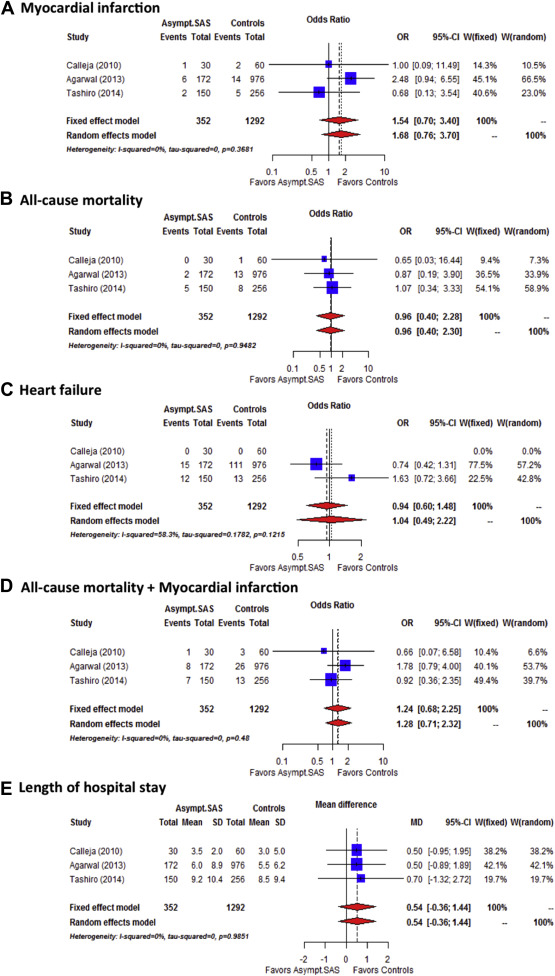Severe aortic stenosis (AS) is considered a condition at high risk for cardiac complications during noncardiac surgery. This conclusion is mostly based on reports published more than a decade ago, which included mixed cohorts of patients with AS who were symptomatic, had left ventricular dysfunction and concomitant other valvular disease (e.g., mitral regurgitation). Granted, although symptomatic patients with severe AS are at higher perioperative risk for noncardiac surgery, more controversial is the asymptomatic patient. To this regard, the current European Society of Cardiology guidelines on valvular heart disease state that low-intermediate risk elective noncardiac surgery should be considered in asymptomatic patients with severe AS (level of evidence C). Notwithstanding, many of these patients still undergo aortic valve replacement (AVR) or transcatheter aortic valve implantation (TAVI), with an inherent AVR/TAVI perioperative risk that is twofold to fourfold higher than that reported for noncardiac intervention in the presence of AS.
Accordingly, we aimed to evaluate this issue by pooling into a meta-analysis the data of asymptomatic patients with severe AS undergoing noncardiac surgery compared to age- and gender-matched controls without AS. We searched studies conducted in the last decade through MEDLINE and Embase databases, using the keywords AS, noncardiac surgery, and perioperative risk. AS was defined severe when aortic valve area ≤1 cm 2 , mean gradient ≥40 mm Hg, or peak aortic velocity of ≥4 m/s were present. The study end points at 30 days were all-cause mortality, myocardial infarction (MI), heart failure, length of hospital stay, and the composite all-cause mortality and MI. Forest plots with combined odds ratio (OR) and mean difference estimates and their corresponding 95% CIs were constructed applying both fixed and random effects models. The heterogeneity between studies was quantified using I 2 statistics. In all cases, p <0.05 was considered to be statistically significant. A publication bias analysis was not possible because of the low number of available studies.
Of 7 reports, 4 were excluded because they lacked information on AS severity or the presence of symptoms. Three eligible studies including a total of 352 patients with asymptomatic severe AS and 1,292 age- and gender-matched controls were identified. All patients underwent a noncardiac moderate- or high-risk surgical procedure. At 30-day follow-up ( Figure 1 ), there was no difference in MI rate (2.5% vs 1.6%; OR 1.54, 95% CI 0.70 to 3.40; p = 0.29), mortality (2.0% vs 1.7%; OR 0.96, 95% CI 0.40 to 2.28; p = 0.92), heart failure (7.7% vs 9.6%; OR 0.94, 95% CI 0.60 to 1.48; p = 0.80), and in the combined end point (4.5% vs 3.3%; OR 1.24, 95% CI 0.68 to 2.25; p = 0.49) between asymptomatic patients with severe AS and controls. Moreover, the mean hospital stay was not significantly different between the 2 groups (6.23 ± 7.12 vs 5.66 ± 6.87 days; mean difference 0.54; 95% CI − 0.36 to 1.44; p = 0.24).





